Arizona has many great things going for it: saguaro cactuses, gorgeous mountains, Route 66, the thriving metropolis of Phoenix, quirky Tucson, scenic Flagstaff and date shakes in Dateland. What it doesn’t have is great home internet options. Fiber is scarce, and most locations have little choice in internet service providers.
What is the best internet provider in Arizona?
CNET’s pick for the best internet provider in Arizona is CenturyLink. When it comes to Arizona, availability is a big issue. Certain providers service particular parts of the state. You’ll find Sparklight and Frontier in the east, Xfinity around Tucson, and Cox in the south. Desirable fiber connections are limited, leaving many residents with DSL, cable or fixed wireless options. Our picks for the best ISPs are largely based on availability since even the fastest residential providers typically top out at 940 megabits per second in the Grand Canyon State.
Limited fiber availability means your best options might be Cox Communications, Optimum, Xfinity, Sparklight or 5G home internet from Verizon or T-Mobile. Rural homes outside of wired internet reach will likely be looking at a local fixed wireless provider or satellite internet to get online.
CNET considers speeds, pricing, customer service and overall value to recommend the best internet service in Arizona across several categories. Our evaluation includes referencing a proprietary database built over years of reviewing internet services. We validate that against provider information by spot-checking local addresses for service availability. We also do a close read of providers’ terms and conditions and, when needed, will call ISPs to verify the details.
Despite our efforts to find the most recent and accurate information, our process has some limitations you should know about. Pricing and speed data are variable: Certain addresses may qualify for different service tiers, and monthly costs may vary, even within a city. The best way to identify your options is to plug your address into a provider’s website.
Also, the prices, speed and other information listed above and in the provider cards below may differ from what we found in our research. The cards display the full range of a provider’s pricing and speed across the US, according to our database of plan information provided directly by ISPs. At the same time, the text is specific to what’s available in Arizona. The prices referenced within this article’s text come from our research and include applicable discounts for setting up automatic payments each month — a standard industry offering. Discounts and promotions might also be available for signing a term contract or bundling multiple services.
To learn more about how we review internet providers, visit our full methodology page.
Best internet options in Arizona
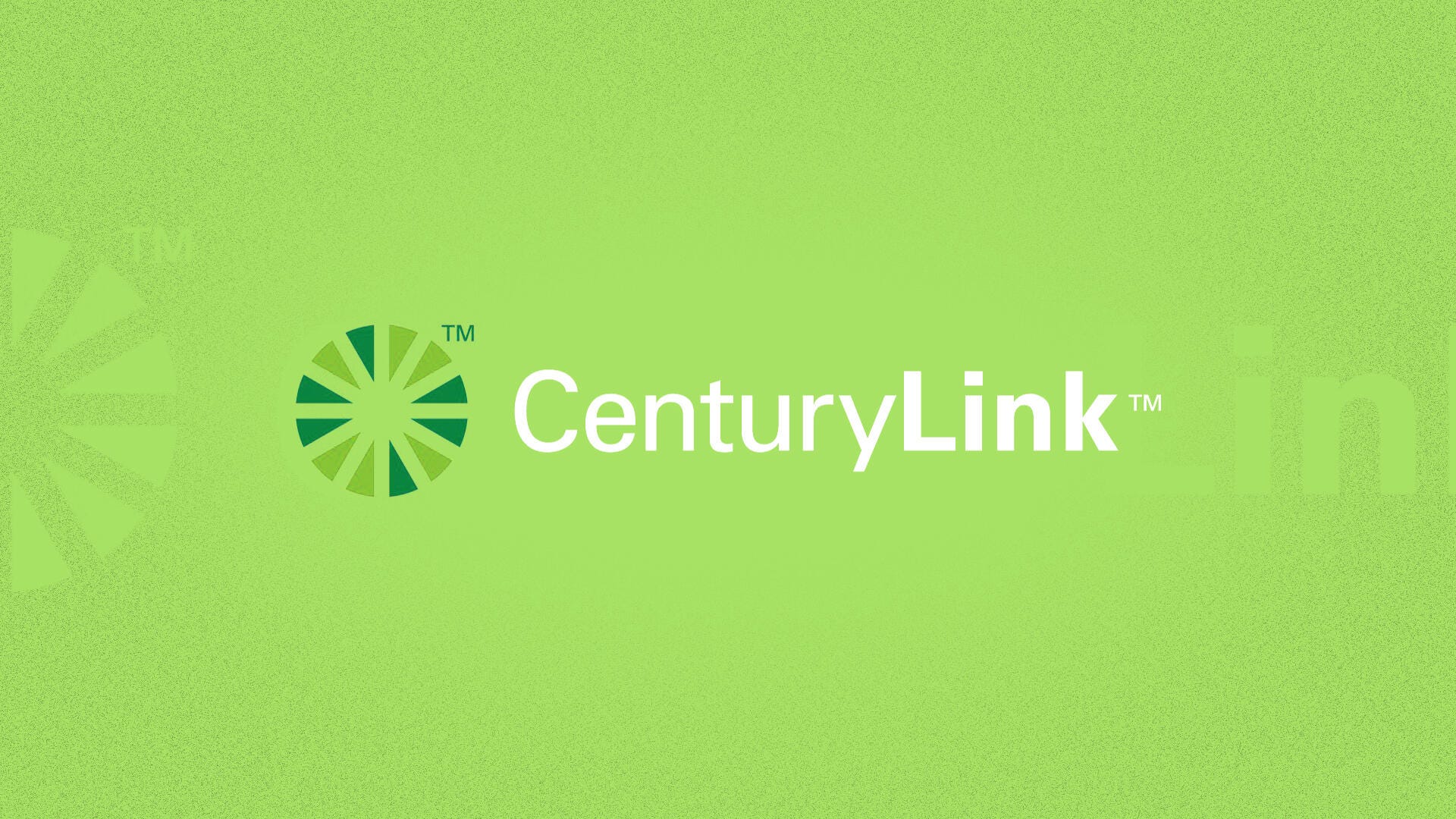
10 – 140 Mbps
$55 per month
Our take – CenturyLink isn’t the fastest ISP out there, so why does it top our recommendations for Arizona broadband? There are two reasons: availability and a fiber option in some areas. CenturyLink is more likely to service rural locations than other fixed ISPs, and its sibling service, Quantum Fiber, was our choice for the best broadband option in Phoenix.
10 – 140 Mbps
$55 per month
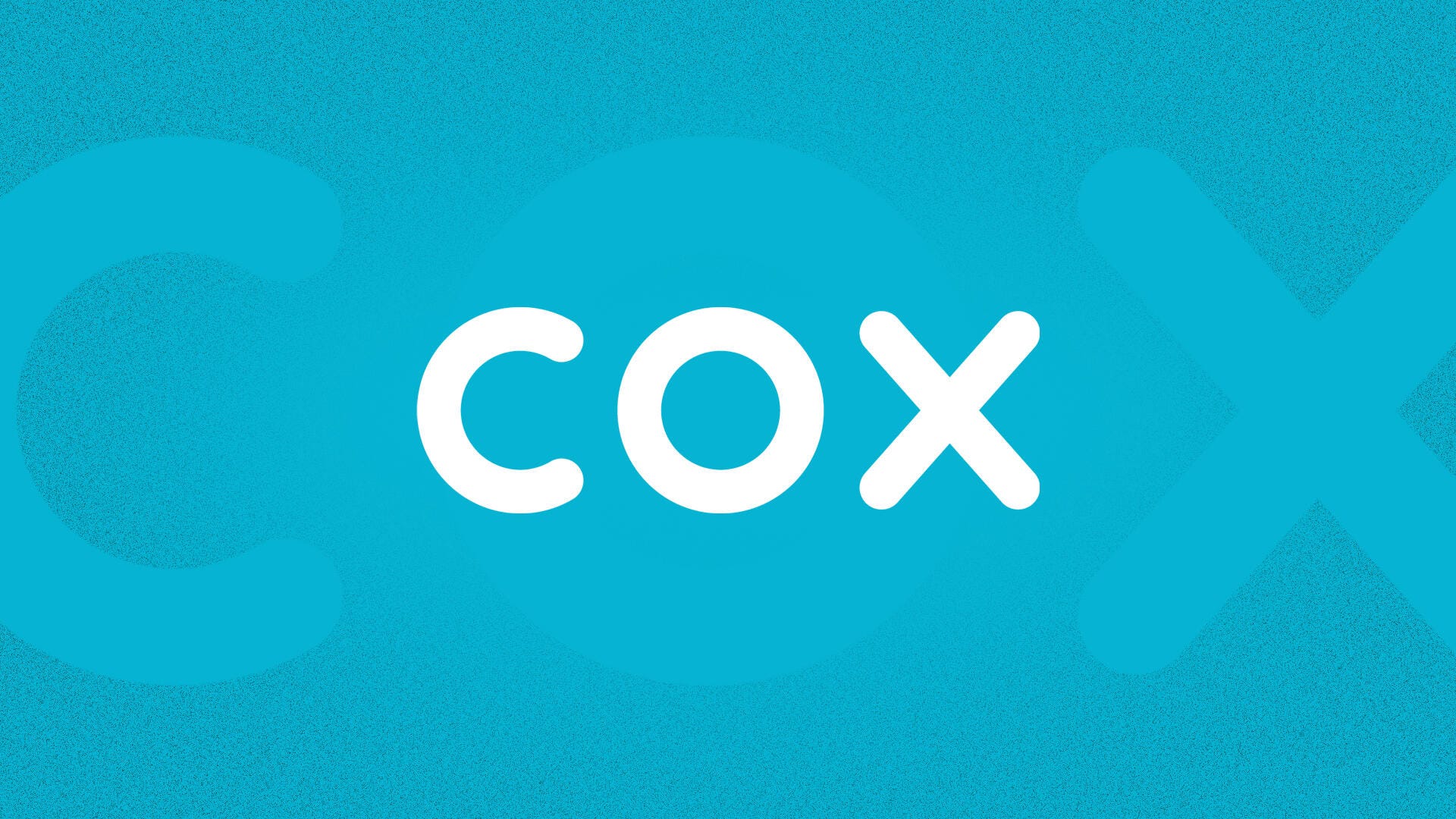
Mostly cable, some fiber
100 – 2,000 Mbps
$50 – $110 per month
Our take – If you don’t live in a CenturyLink/Quantum Fiber golden zone, chances are good Cox Communications has you covered with cable instead. Cox also has a limited fiber presence in some parts of Phoenix.
Mostly cable, some fiber
100 – 2,000 Mbps
$50 – $110 per month
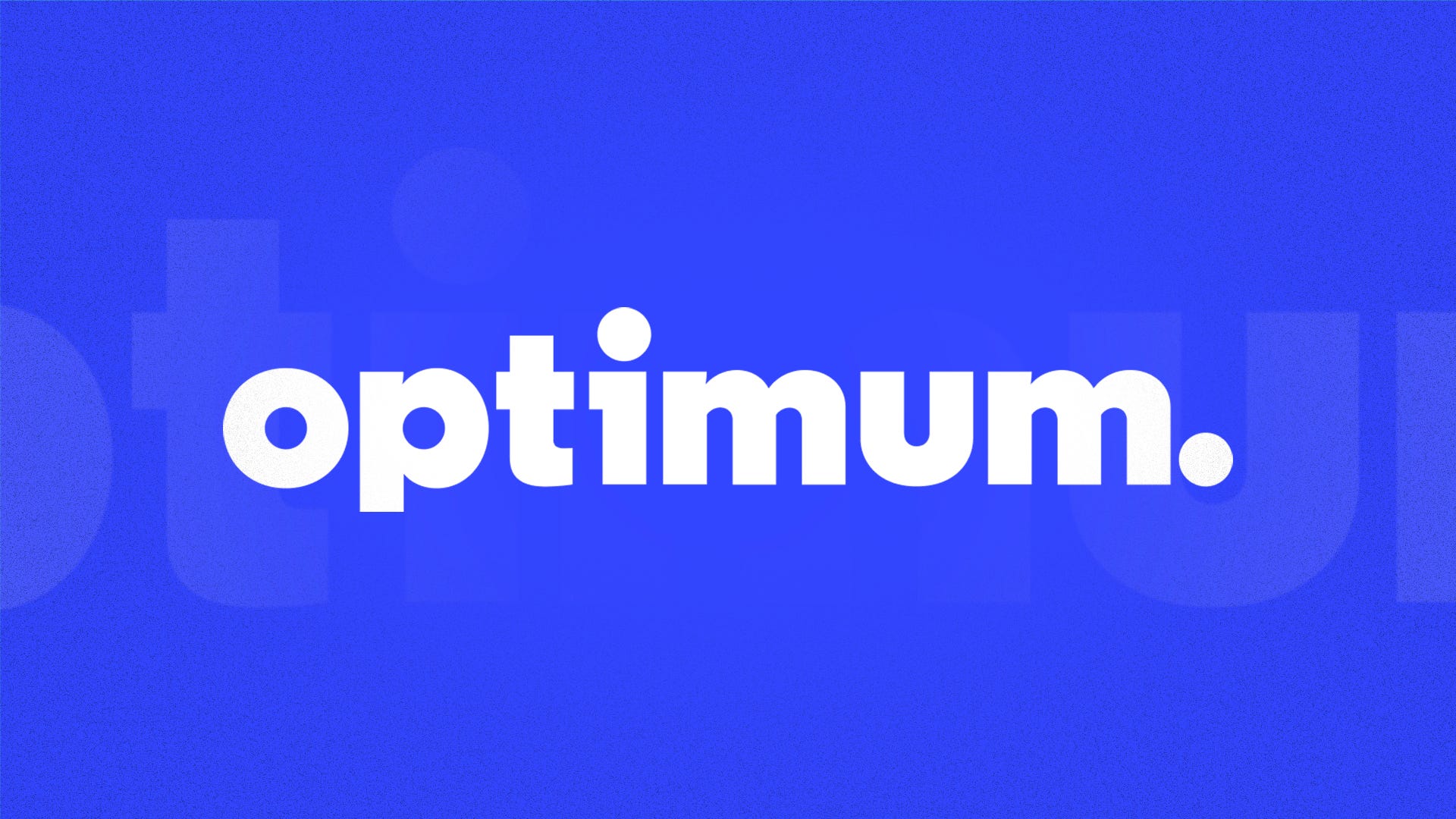
300 – 2,000 Mbps
$40 – $120 per month
Our take – Optimum, formerly known as Suddenlink in this state, offers broadband in some areas of Northern Arizona that otherwise don’t have much choice in ISPs. Optimum doesn’t have the greatest reputation for customer service. Look to T-Mobile Home Internet or CenturyLink as alternatives if it rubs you the wrong way.
300 – 2,000 Mbps
$40 – $120 per month
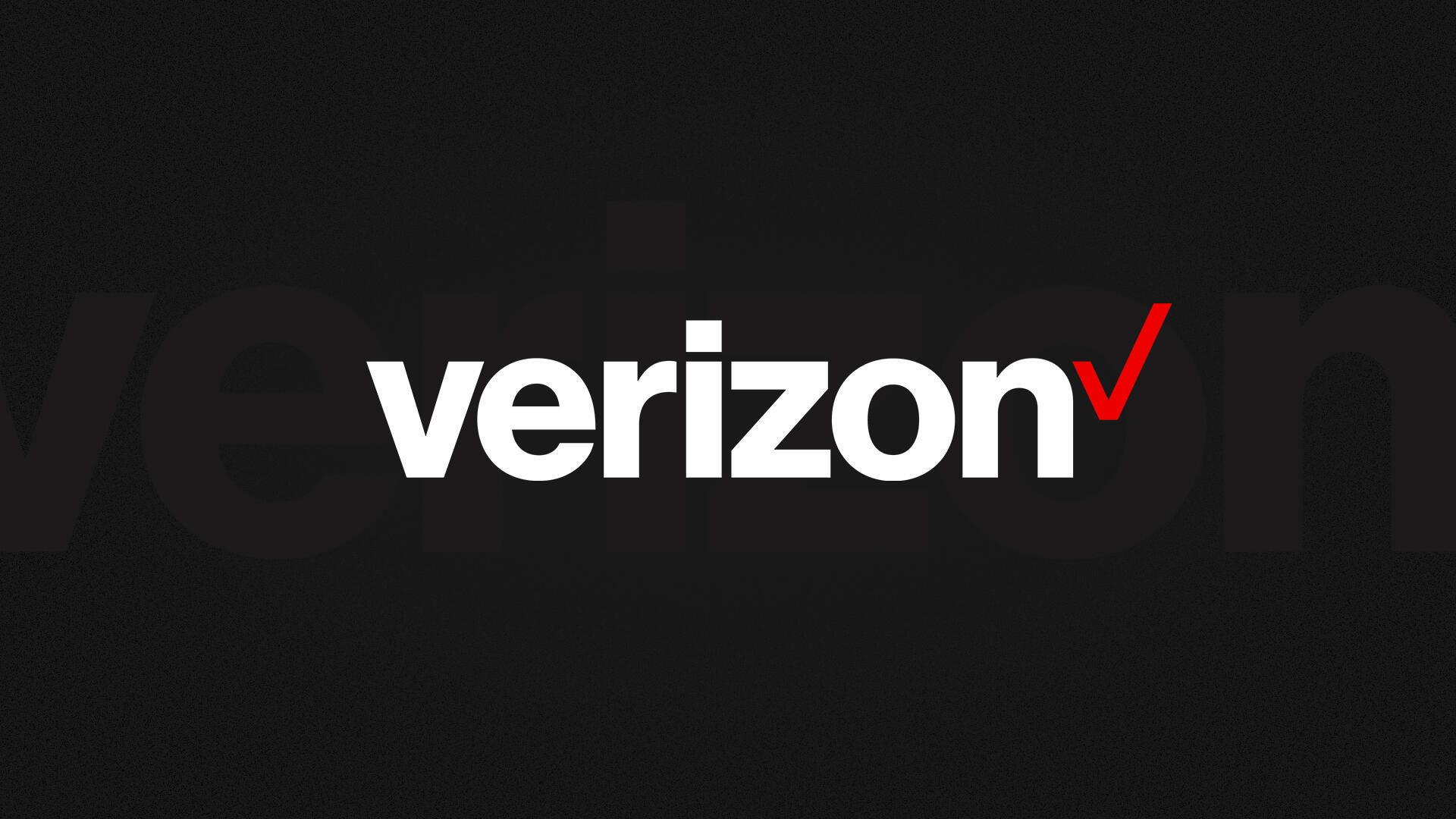
Fixed wireless
85 – 1,000 Mbps
$50 – $70 per month
Our take – Fixed wireless home internet from Verizon or T-Mobile is a legitimate competitor to cable and DSL. Verizon gets a nod here for its fast 5G coverage across Phoenix and Tucson. It’s a particularly good deal for Verizon phone customers who can get a deep discount by bundling home internet with a mobile plan. Here’s what you need to know about 5G home internet.
Fixed wireless
85 – 1,000 Mbps
$50 – $70 per month
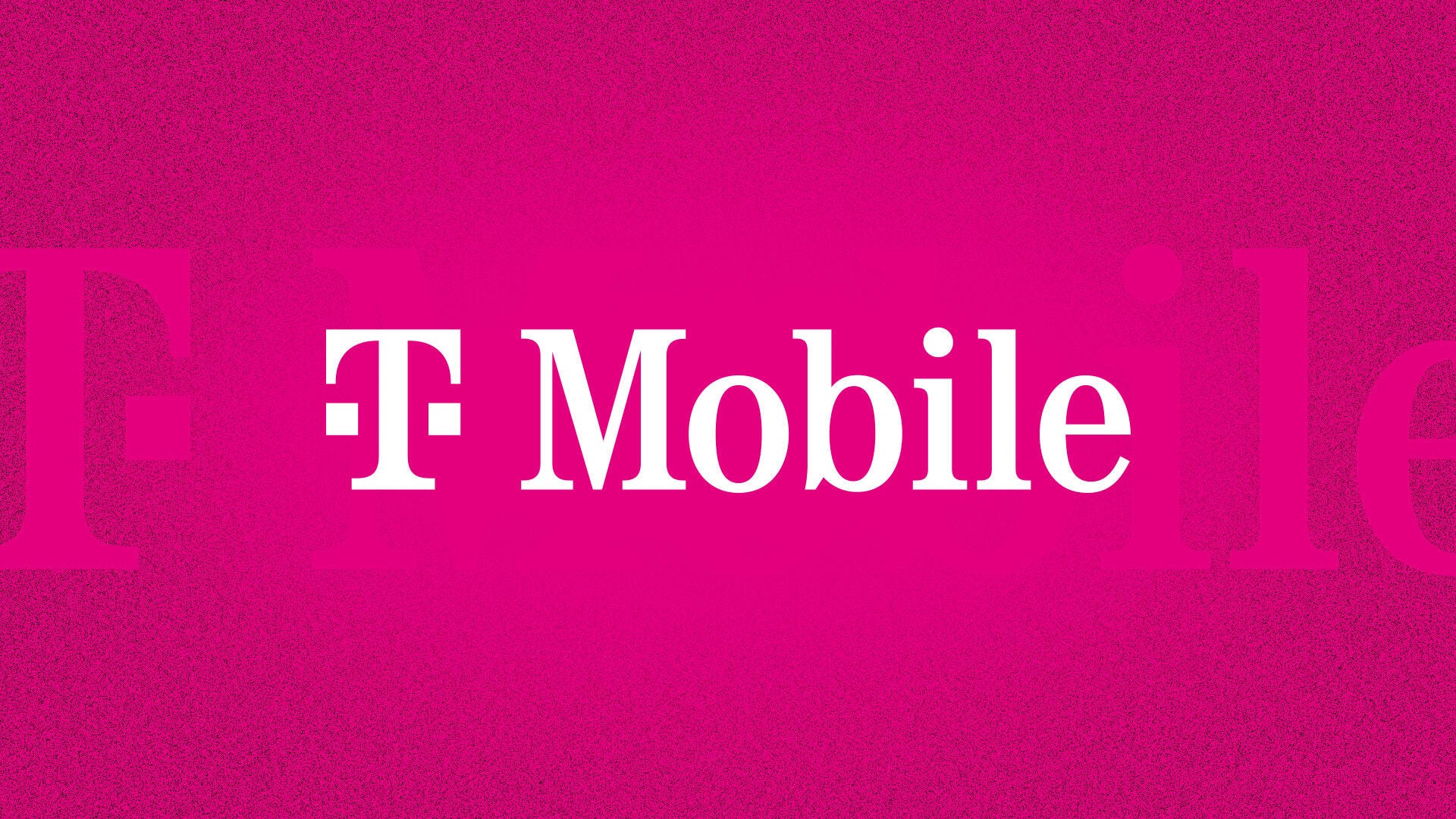
Fixed wireless
72 – 245 Mbps
$60 per month
Our take – Optimum has Flagstaff well covered with cable, while CenturyLink offers DSL, but what do you do if you’re unsatisfied with those services? Assuming you don’t have access to CenturyLink’s limited Quantum Fiber offering in the area, your next best bet is to try T-Mobile Home Internet, a fixed wireless alternative with decent coverage across Flagstaff.
Fixed wireless
72 – 245 Mbps
$60 per month
Rural internet options in Arizona
| Provider | Connection type | Price range | Speed range | Data cap | Availability |
|---|---|---|---|---|---|
| AireBeam | Fiber/fixed wireless | $55-$90 | 20-1,000Mbps | None | Pinal, Maricopa, Pima counties |
| AirFiber | Fixed wireless | $50-$60 | 25-50Mbps | None | Greater Phoenix area |
| Bolt Internet | Fixed wireless | $55-$125 | 10-25Mbps | None | Yavapai County |
|
CenturyLink Read full review |
DSL | $50 | 20-100Mbps | None | Large areas of the state |
| Mile High Networks | Fixed wireless | $39-$149 | 15-150Mbps | None | Yavapai County |
| Mojo Broadband | Fixed wireless | $66-$88 | 10-50Mbps | None | Cave Creek, Carefree, Desert Hills, Tonopah, Wintersburg |
| Simply Bits | Fixed wireless | $79-$160 | 10-100Mbps | None | Southern Arizona |
| TREPIC Networks | Fixed wireless | $50-$120 | 65-150Mbps | None | Gilbert, Mesa, Queen Creek, San Tan Valley, Coolidge, Eloy, Casa Grande and Florence |
Show more (4 items)
Source: CNET analysis of provider data.
Regarding wired internet for rural Arizona, your best bet will likely be an older network, like CenturyLink’s DSL service, our choice for the top rural ISP in the nation. It has a much broader reach than the company’s fiber offering but can still get you speeds up to 100Mbps in some places. With plans running $50 a month, this is a good place to start in your search for rural internet. If that doesn’t work out, consider fixed wireless or satellite as an alternative.
Arizona is full of small fixed wireless ISPs, some of which we’ve included in the chart above. Plug your address into the Federal Communications Commission National Broadband Map to see which ones service your area. Fixed wireless can sometimes be slow and expensive, but it’s better than no connection at all, and it may work out to be a better deal than satellite. Fixed wireless speeds can vary with location and distance. You need a clear line of sight to a tower. Plans vary quite a bit from provider to provider, with some starting at 10Mbps speeds, which doesn’t even qualify as broadband in the eyes of the FCC. Others offer speeds as high as 150Mbps in some areas, but the monthly price can increase to well over $100.
Some small providers are working to bring faster internet to underserved areas. AireBeam, for example, has been expanding its fiber network in Florence and Casa Grande and is introducing speeds up to 5,000Mbps in some areas. Its fixed wireless service reaches rural parts of Pinal, Maricopa and Pima counties.
If both DSL and fixed wireless fail you, consider satellite internet from Starlink, Viasat or Hughesnet. You just need a clear view of the southern sky for it to work. Satellite equipment costs and monthly fees can be expensive and speeds aren’t always great, so start by considering DSL or fixed wireless options before you turn to satellite.

Arizona internet details at a glance
All residences in Arizona have access to broadband speeds of at least 25Mbps down and 3Mbps up, per the FCC. That may sound a bit slow in an age of fast fiber, but it’s how the FCC defines broadband. Looking closer, the FCC says 91% of residences can get broadband internet via wired networks like cable, DSL or fiber. The remaining households must rely on fixed wireless or satellite to get online.
When we look at fiber, the number drops considerably. Only about 13% of Arizona households have access to fiber with speeds of at least 250Mbps. Check out the gig level, and we’re down to just 1.7%. Most of that scarce fiber can be found in the bigger metro areas like Phoenix and Tucson. The fast and affordable Quantum Fiber is our top choice for Phoenix, but availability is limited. If Arizonans have an internet wish list, the number one slot should read, “More fiber, please.”
Internet breakdown by city in Arizona
It’s hard to cover the broadband options of Arizona and give its cities the attention they deserve. That’s why we also compile lists of the best internet providers in cities across the US, including those in Arizona. We tackle details such as internet connection types, maximum speeds and cheapest providers. Check back later if you don’t find the location you’re looking for below, as we’re working to add more cities every week.
Arizona internet speeds
How does Arizona’s internet service stack up against the rest of the US? A recent Ookla ranking of US states put Arizona in 18th place. The state logs a median download speed of around 203Mbps for fixed internet. Compare that to first place Florida at about 240Mbps. Cox gets the nod from Ookla for providing Arizona’s fastest downloads at a median of nearly 279Mbps.
The FCC data shows nearly 90% of residences in Arizona can access speeds of at least 250Mbps down. You’ll find that as an option from most of the major fixed internet providers, from Xfinity to Optimum to Cox to Quantum Fiber. If you sign up for a plan with at least 250Mbps down, you’ll be ahead of the game nationally. Ookla shows the median download speed for the US as a whole comes in at about 215Mbps.
There are other ways to improve your internet experience. You may be able to switch providers or sign up for a faster plan from your current ISP. Before you do that, follow these steps for faster Wi-Fi.
Internet pricing in Arizona
Choosing an internet plan is a balancing act between speed and budget. Most ISPs have plans starting around $50, but you may be able to squeeze in for less by agreeing to a contract, settling for a slower speed tier or lucking into a promotional deal. Many promo prices come with expiration dates. If you live in the Show Low area, for example, Sparklight’s 300Mbps plan costs just $39 a month, but the price goes up to $70 after the first six months.
Home internet from T-Mobile or Verizon can be a bargain if it works well at your location and you bundle service with an eligible phone plan. That brings the cost of T-Mobile internet service down to $40 a month and Verizon as low as $35 monthly.
The lowest price isn’t always the best deal. CenturyLink’s Quantum Fiber will run you $70 for 940Mbps (modem included), making it one of the country’s more affordable gig-level fiber plans. That’s a good balance between price and speed.
Internet plans for low-income households in Arizona
Connect Arizona, an initiative led by the Arizona State Library, maintains a list of low-cost internet plans and offers in the state. You can sort by connection type and search by location. For example, you’ll find Xfnity’s Internet Essentials Plus plan or Cox Communications’ ConnectAssist plan, both two of the most affordable options for low-income households.
How CNET chose the best internet providers in Arizona
Internet service providers are numerous and regional. Unlike the latest smartphone, laptop, router or kitchen tool, it’s impractical to personally test every ISP in a given city. What’s our approach? We start by researching the pricing, availability and speed information, drawing on our own historical ISP data, the provider sites and mapping information from the Federal Communications Commission at FCC.gov.
It doesn’t end there: We go to the FCC’s website to check our data and ensure we consider every ISP that provides service in an area. We also input local addresses on provider websites to find specific options for residents. We look at sources, including the American Customer Satisfaction Index and J.D. Power, to evaluate how happy customers are with an ISP’s service. ISP plans and prices are subject to frequent changes; all information provided is accurate as of publication.
Once we have this localized information, we ask three main questions:
- Does the provider offer access to reasonably fast internet speeds?
- Do customers get decent value for what they’re paying?
- Are customers happy with their service?
While the answers to those questions are often layered and complex, the providers who come closest to “yes” on all three are the ones we recommend. When selecting the cheapest internet service, we look for the plans with the lowest monthly fee, although we also factor in things like price increases, equipment fees and contracts. Choosing the fastest internet service is relatively straightforward. We look at advertised upload and download speeds and consider real-world speed data from sources like Ookla and FCC reports.
To explore our process in more depth, visit our how we test ISPs page.
The future of broadband in Arizona
Arizona has room to grow when it comes to broadband speeds and choices. Residents of some cities can look forward to fiber expansions coming their way. AT&T Fiber, a service that has topped many of our broadband recommendation lists, announced in 2022 it is expanding into Mesa, with the network expected to be up and running in 2023. AT&T is notable for its straightforward plans and speeds up to 5,000Mbps. Google Fiber opened up shop in the Westwood neighborhood of Mesa in March and is planning a move into Chandler. Wyyerd Fiber is building out its network in Gilbert.
Those fiber moves are good news for city dwellers, but Arizona is also pushing to improve internet connectivity for rural and underserved areas. The state can look forward to a nearly billion-dollar federal investment through the Broadband Equity Access and Deployment program. BEAD is aimed at expanding broadband access across the US. Fiber growth and more (and faster) rural options paint a positive picture for Arizona’s broadband future, but change can be slow.
Internet in Arizona FAQs
Does Arizona have good internet?
Based on Ookla Speedtest data, Arizona has middle-of-the-road internet compared to other states. Many rural areas have few options for getting online, and fiber isn’t widespread, even in Arizona’s biggest cities. Things are looking up. Federal funding should help underserved areas while major fiber providers AT&T and Google are making moves in the state. Perhaps Arizona will soon go from “OK” to “good.”
Is there fiber internet in Arizona?
Yes, to a degree.Quantum Fiber is the major player in Arizona. It’s available in limited parts of Phoenix, Flagstaff and Tucson. Google Fiber and AT&T Fiber are working their way into central Arizona through Mesa. Keep an eye out for smaller providers like Wyyerd and AireBeam.
How do I get rural internet in Arizona?
Begin by plugging your address into the FCC National Broadband Map to get an overview of ISPs that might service your home. If a fixed wired provider — like a DSL or cable service — has you covered, start there. Check to see what kind of speeds you’re eligible for. If it’s slower than a crawl, check in with fixed wireless providers, including T-Mobile and local companies. Look into satellite if you can’t find a decent connection through those options. Here’s a rundown of the best satellite internet providers.




















+ There are no comments
Add yours